Listen closely to the land beneath your feet – it holds thousands of years of Indigenous wisdom, passed down through generations in stories as old as the rivers and as vital as the morning sun. Across Ontario’s vast wilderness, from the whispers of ancient cedars to the rhythmic drumming beside sacred fires, Indigenous oral histories weave a rich tapestry of knowledge that connects past to present. These living narratives aren’t just stories – they’re sophisticated systems of recording history, preserving ecological knowledge, and maintaining cultural continuity that have sustained Indigenous communities for millennia.
Today, as we seek deeper connections with the natural world and more authentic ways of understanding our shared history, these oral traditions offer invaluable insights and perspectives that written records alone cannot capture. Whether you’re hiking through Algonquin Provincial Park or visiting cultural centers along the Great Lakes, opportunities abound to respectfully engage with and learn from Indigenous storytellers who continue to share these precious histories with those ready to listen and learn.
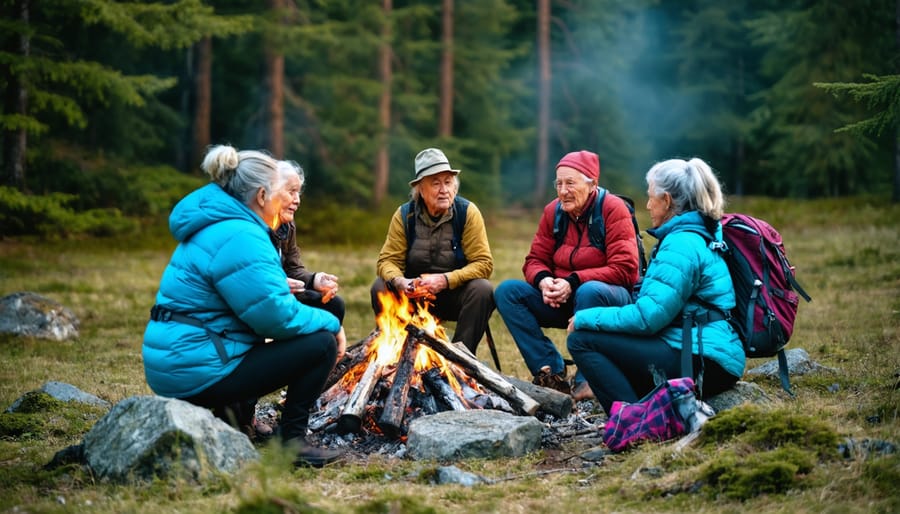
The Living Voice of the Land
Stories in Every Stone
In Ontario’s parks, every cliff face, river bend, and ancient stone carries stories passed down through generations of Indigenous peoples. The massive granite outcrops of Petroglyphs Provincial Park near Peterborough showcase hundreds of sacred carvings, each telling tales of spiritual teachings and historical events that shaped local communities.
At Bon Echo Provincial Park, the towering Mazinaw Rock rises 100 meters above the lake, its surface decorated with over 260 pictographs in red ochre. These images aren’t just art – they’re living stories about the land’s first inhabitants, their beliefs, and their connection to the natural world.
Even seemingly ordinary landscape features hold profound meaning. The rolling hills of the Niagara Escarpment are known to many Indigenous peoples as the backbone of Mother Earth, while the thundering waters of Kakabeka Falls tell stories of brave warriors and ancient battles.
When visiting these sites, take a moment to pause and listen. Local Indigenous guides often share these oral histories during interpretive programs, helping visitors understand the deep cultural significance hidden in Ontario’s natural landmarks.
Seasonal Stories and Natural Cycles
In Ontario’s parks, Indigenous oral histories are deeply intertwined with the rhythms of nature, marking the passage of seasons and teaching valuable lessons about environmental stewardship. These stories come alive through Indigenous seasonal ceremonies that celebrate everything from maple sap flowing in early spring to the wild rice harvest in late summer.
Each season brings its own set of traditional stories, shared by knowledge keepers who have passed these tales down through generations. Spring stories often focus on renewal and rebirth, featuring teachings about medicinal plants emerging from winter slumber. Summer narratives celebrate abundance, with tales of gathering berries and the sacred relationship between pollinators and flowers. Fall stories speak of preparation and gratitude, while winter’s long nights are perfect for sharing lengthy epic tales that connect communities to their ancestral roots.
These seasonal stories serve as both a natural calendar and a guide for sustainable living, helping people understand when to harvest, hunt, and rest. They remind us that every plant, animal, and natural cycle has its own story and significance in the greater web of life.
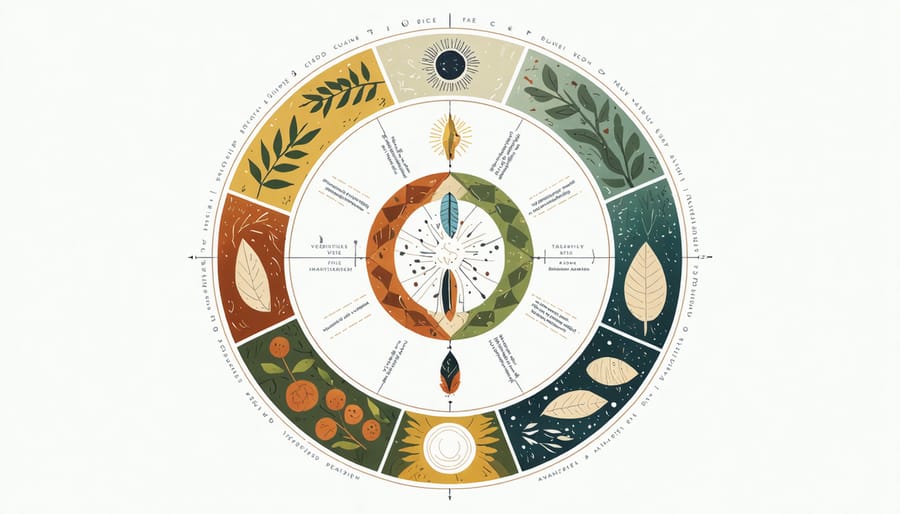
Where to Experience Indigenous Stories
Guided Interpretive Programs
Experience the power of storytelling through guided programs led by Indigenous Elders and Knowledge Keepers in Ontario’s parks. These intimate sessions offer visitors a unique opportunity to connect with Indigenous wisdom and knowledge through traditional oral histories.
Many provincial parks offer seasonal programs where you can gather around a sacred fire, listen to creation stories, and learn about the deep connection between Indigenous peoples and the land. At Petroglyphs Provincial Park, Knowledge Keepers share teachings about the ancient rock carvings, while Algonquin Provincial Park hosts regular storytelling circles during summer months.
To participate, check park event calendars or inquire at visitor centers about upcoming sessions. Programs typically last 1-2 hours and are suitable for all ages. Remember to bring a blanket or camp chair for comfort, and dress appropriately for outdoor conditions. As a respectful participant, listen attentively, avoid interrupting, and only take photos when permitted.
Tip: Book these popular programs in advance, especially during peak season, as group sizes are often kept intimate to preserve the storytelling experience.
Sacred Sites and Story Circles
Ontario offers several meaningful locations where visitors can experience Indigenous oral traditions firsthand. The Petroglyphs Provincial Park near Peterborough houses the largest known concentration of Indigenous rock carvings in Canada, where traditional knowledge keepers share stories about these ancient teachings carved in stone.
At Crawford Lake Conservation Area, the reconstructed 15th-century Longhouse village comes alive through storytelling sessions hosted by Indigenous interpreters who share tales passed down through generations. During summer evenings, visitors can join traditional story circles around the sacred fire.
The Kay-Nah-Chi-Wah-Nung Historical Centre (also known as Manitou Mounds) along the Rainy River offers guided tours where Ojibwe elders share oral histories about their ancestors and the sacred burial mounds. Here, stories of the land, water, and sky have been preserved for thousands of years.
For a truly immersive experience, join the seasonal storytelling gatherings at Point Grondine Park on Manitoulin Island, where local knowledge keepers share traditional teachings under the stars, connecting visitors to ancient wisdom through the power of oral tradition.
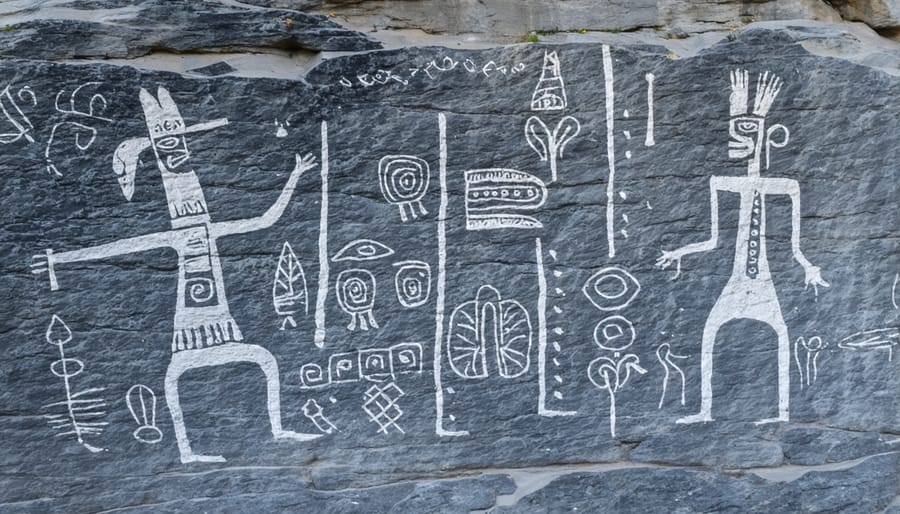
Respectful Listening and Learning
When experiencing Indigenous language and storytelling, it’s essential to approach these sacred traditions with the utmost respect and openness. Remember that you’re not just hearing stories – you’re being invited to share in centuries of wisdom and cultural heritage.
Always wait for an invitation to participate in storytelling circles or ceremonies. Many Indigenous communities have specific protocols about when and how stories can be shared. Some stories are only told during certain seasons or times of day, reflecting their deep connection to natural cycles.
When listening, practice active engagement by maintaining respectful eye contact and avoiding interruptions. It’s perfectly fine to show appreciation through quiet acknowledgment, but refrain from recording or photographing unless explicitly permitted. These stories are living histories, not tourist attractions.
If you’re unsure about proper etiquette, simply ask your Indigenous hosts or guides. They’ll appreciate your thoughtfulness and desire to learn appropriately. Consider bringing a small gift of tobacco or another culturally appropriate offering, as this is a traditional way to show gratitude for shared knowledge.
Remember that each story carries deep meaning and may be connected to specific lands, seasons, or teachings. Take time to reflect on these connections and how they enhance your understanding of the natural world around you.
Indigenous oral histories are more than just stories – they’re living connections to the land, culture, and wisdom passed down through countless generations. As visitors to Ontario’s diverse landscapes, we have a unique opportunity to learn from and help preserve these invaluable traditions. By engaging respectfully with Indigenous storytelling experiences, listening with open hearts, and sharing what we learn with others, we become part of keeping these vital histories alive for future generations.
Remember that every trail we hike, every lake we paddle, and every forest we explore holds deep meaning in Indigenous oral traditions. These stories help us understand our connection to nature and remind us of our responsibility to protect these spaces. When we support Indigenous-led programs and tours, we’re not just tourists – we’re active participants in cultural preservation.
Next time you visit an Ontario park or natural area, take a moment to learn about its Indigenous history. Share these stories with your children, friends, and fellow travelers. Together, we can ensure these precious oral traditions continue to enlighten and inspire for generations to come.

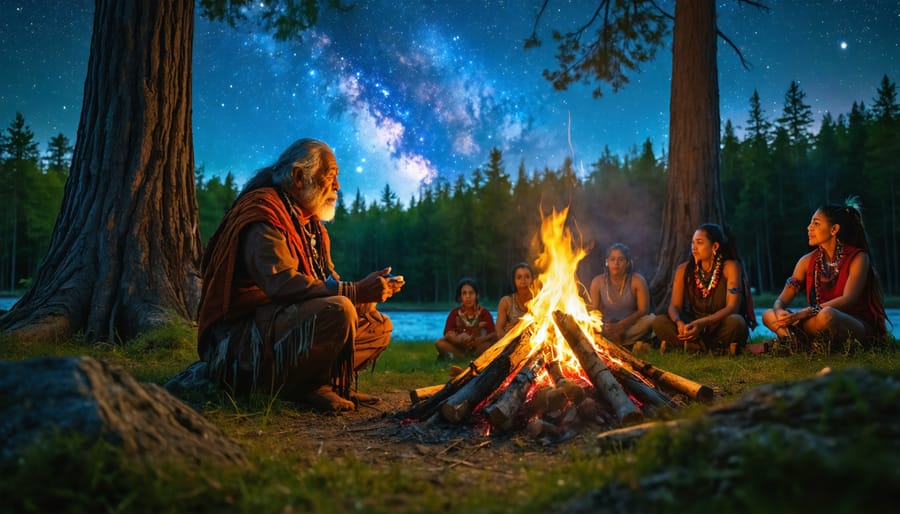
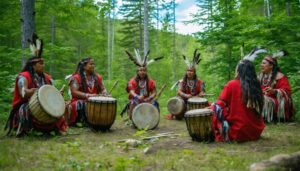
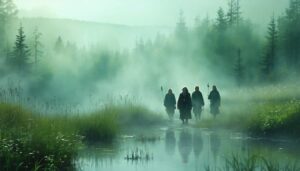
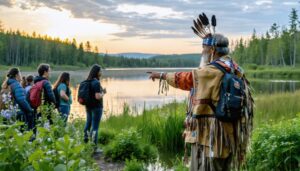

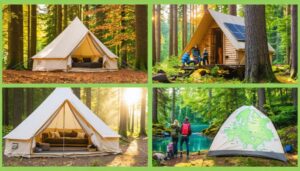

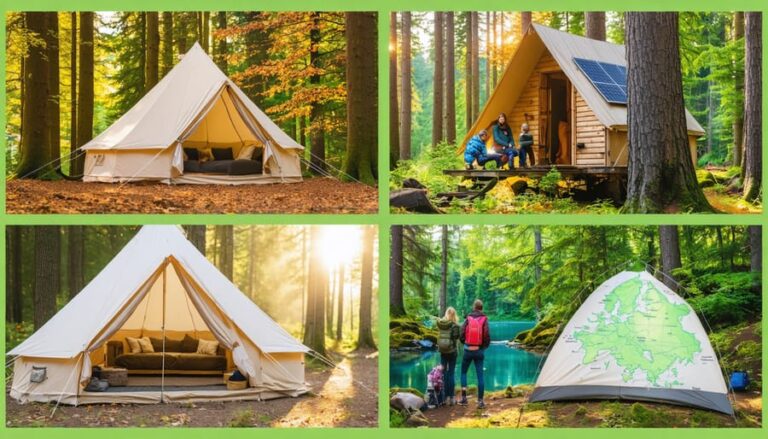
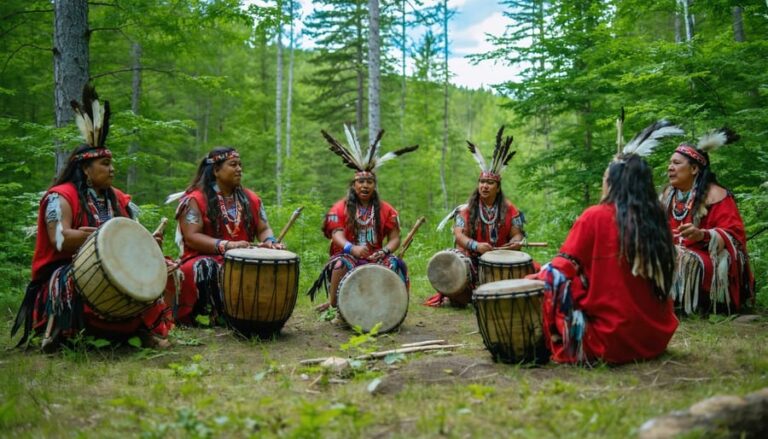
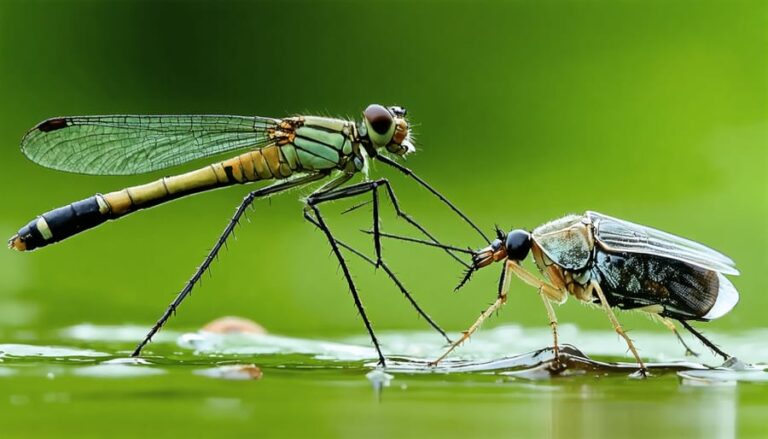

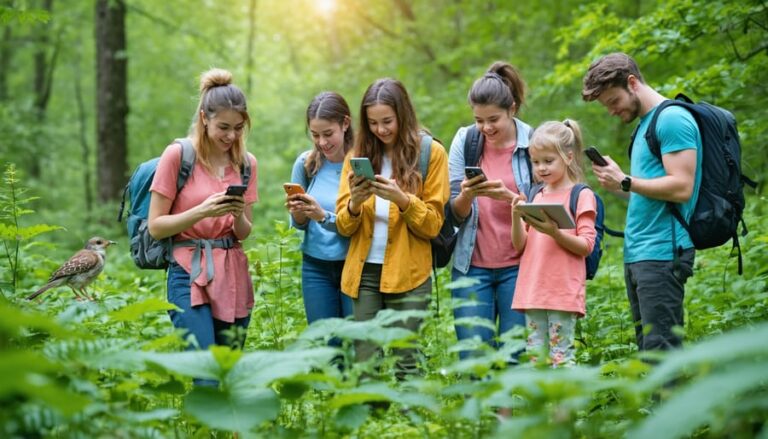
+ There are no comments
Add yours